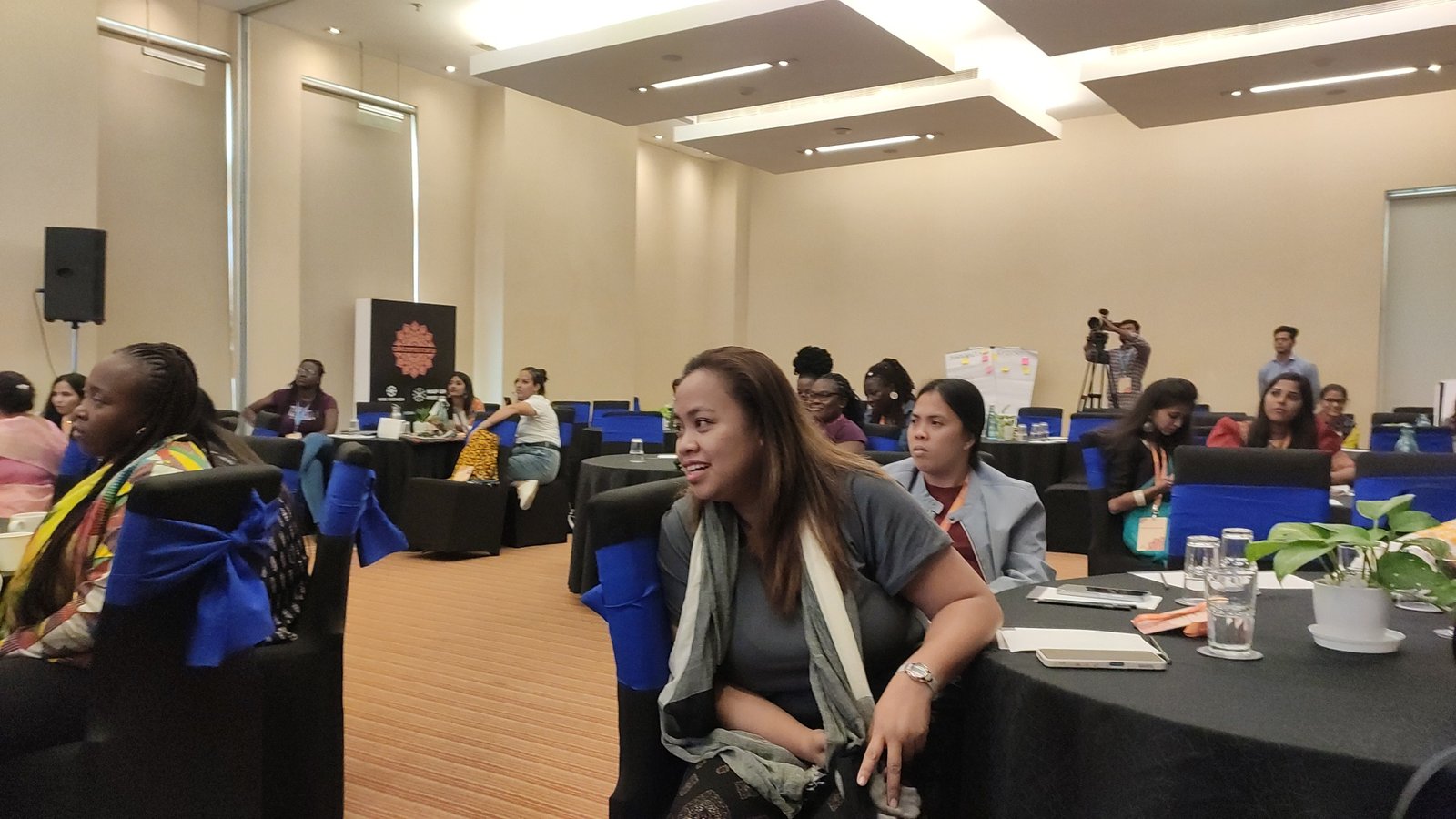Picture this: you’re prescribed a medication that was tested on 10,000 people, but not a single one looked like you. The dosage might be wrong. The side effects might be different. The treatment might not even work. This isn’t science fiction – it’s been the reality of medical research for decades. When we exclude entire groups of people from scientific studies, we’re not just missing data points. We’re creating dangerous blind spots that can literally be matters of life and death.
The Historical Foundation of Exclusion

For most of scientific history, the default research subject was a white male, typically between 18 and 65 years old. This wasn’t necessarily intentional discrimination at first – it was seen as practical. Researchers thought they were controlling for variables by keeping their study populations “uniform.” What they didn’t realize was that they were actually creating a massive variable: the assumption that one group could represent all of humanity. This approach was like trying to understand how cars work by only studying red sedans, then applying those findings to motorcycles, trucks, and SUVs. The foundation was flawed from the start, but it took decades for scientists to recognize the problem.
When Medicine Fails Half the Population

Women make up roughly half the world’s population, yet they were systematically excluded from clinical trials until the 1990s. The reasoning seemed logical on the surface: hormonal fluctuations might complicate results, and there were concerns about potential pregnancy. But this “protective” approach backfired spectacularly. Heart disease presents differently in women than men – women are more likely to experience fatigue, nausea, and back pain rather than the classic chest-clutching symptoms. Because heart disease research focused primarily on male subjects, countless women received delayed or incorrect diagnoses. The irony is staggering: trying to protect women from research risks actually put them in far greater danger.
The Prescription Predicament

Drug dosages were historically calculated based on the average 70-kilogram white male, but women typically weigh less and metabolize medications differently due to hormonal differences and body composition. This means women have been essentially taking medications in doses designed for someone else’s body. Ambien, the popular sleep medication, provides a perfect example. In 2013, the FDA cut the recommended dose for women in half after discovering that women metabolized the drug more slowly, leading to dangerous morning drowsiness and car accidents. How many women suffered unnecessarily for years because the research didn’t account for their biology?
Race and Ethnicity: The Invisible Populations

While women’s exclusion from research has gained attention, racial and ethnic minorities remain dramatically underrepresented in clinical studies. African Americans, Hispanics, Asians, and Native Americans each respond differently to various medications and treatments due to genetic variations, cultural factors, and environmental influences. Yet these groups often make up less than 10% of clinical trial participants, despite representing nearly 40% of the U.S. population. This disparity becomes particularly troubling when you consider that certain diseases affect different racial groups at different rates. Sickle cell disease primarily affects people of African descent, yet research funding and attention have historically been limited.
The Genetic Lottery and Its Consequences

Our genes influence everything from how we process caffeine to how we respond to life-saving cancer treatments. Different ethnic groups carry different genetic variants that can dramatically affect drug metabolism. For instance, about 40% of Asians carry a genetic variant that makes them process alcohol differently, leading to the “Asian flush” reaction. Similarly, certain blood pressure medications work better in African American patients than in white patients due to genetic differences. When research doesn’t account for these variations, entire populations receive suboptimal care based on data that simply doesn’t apply to them.
Mental Health Research and Cultural Blind Spots

Mental health research has been particularly problematic when it comes to diversity and inclusion. Depression, anxiety, and other mental health conditions manifest differently across cultures, yet most psychological research has been conducted on white, Western populations. What’s considered normal emotional expression in one culture might be pathologized in another. Therapy techniques developed and tested on white populations may not be effective for people from different cultural backgrounds who have different communication styles, family structures, or relationships with authority. This cultural mismatch can lead to misdiagnosis, ineffective treatment, and further marginalization of already vulnerable populations.
The Autism Spectrum Through Different Lenses

Autism research provides a striking example of how exclusion shapes our understanding of conditions. Early autism research focused almost exclusively on white boys, creating a diagnostic criteria that reflected how autism presents in that specific population. As a result, girls and children from minority backgrounds were often missed or misdiagnosed because their symptoms didn’t match the established pattern. Girls with autism might mask their symptoms better or show different behavioral patterns, while cultural differences might influence how symptoms are expressed or interpreted. The ripple effects are enormous – missed diagnoses mean missed interventions and support systems.
The Pregnancy Paradox

One of the most glaring examples of research exclusion involves pregnant women. In an attempt to protect developing fetuses, pregnant women were excluded from most clinical trials. This created a cruel irony: the very people who most needed safe, effective medications had the least data about what was safe to take. When pregnant women get sick, doctors are often forced to make educated guesses about treatments because there’s simply no research to guide them. This “protection” through exclusion has left generations of pregnant women and their babies as involuntary test subjects when medications are prescribed without proper safety data.
Age Discrimination in Medical Research

Older adults, who actually use the majority of prescription medications, are routinely excluded from clinical trials due to age limits or comorbidity restrictions. This makes little sense when you consider that a 75-year-old taking five different medications might respond very differently to a new drug than a healthy 25-year-old. The exclusion of elderly participants means that doctors are essentially extrapolating data from young, healthy adults to treat complex medical conditions in older patients. It’s like testing a new car’s performance on a race track and then assuming it will handle the same way in stop-and-go city traffic during a snowstorm.
LGBTQ+ Health: The Invisible Population

The LGBTQ+ community faces unique health challenges that have been largely ignored by mainstream medical research. Transgender individuals need specific data about how hormone therapy interacts with other medications, yet this information is rarely collected in clinical trials. Gay men have historically been excluded from many studies, while lesbian women’s health needs remain largely unstudied. Sexual orientation and gender identity aren’t just personal characteristics – they can influence health outcomes, healthcare access, and treatment response. When research doesn’t account for these factors, it leaves entire communities without the evidence-based care they deserve.
The Economics of Exclusion

Including diverse populations in research costs more money and takes more time, which creates a perverse incentive for exclusion. It’s easier and cheaper to recruit study participants who are similar to each other and readily available – often white, educated, urban populations near major research centers. Rural communities, lower-income populations, and minority groups require more outreach, translation services, and cultural competency. From a business perspective, pharmaceutical companies might see little immediate benefit in studying populations that represent smaller market shares. This economic calculation, however, ignores the enormous long-term costs of providing suboptimal care to billions of people worldwide.
Technology and the Digital Divide

As medical research increasingly relies on digital health tools and apps, new forms of exclusion are emerging. Smartphone-based studies automatically exclude people without access to technology, which disproportionately affects older adults, lower-income populations, and rural communities. Wearable devices might not work as accurately on darker skin tones, leading to biased data collection. Even artificial intelligence algorithms trained on biased datasets can perpetuate and amplify existing health disparities. The digital revolution in healthcare threatens to create new data gaps if we’re not intentional about inclusive design and recruitment.
Global Health and the Western Bias

Much of the world’s medical research is conducted in wealthy, Western countries, but the findings are applied globally without considering how different environments, diets, and genetic backgrounds might influence results. A medication developed and tested in Boston might work differently in Bangkok due to genetic variations, different disease patterns, or environmental factors. Tropical diseases that affect millions of people receive far less research attention than conditions common in wealthy countries. This global research bias means that diseases affecting the world’s poorest populations remain understudied and undertreated, perpetuating health inequalities on a massive scale.
The Pediatric Gap

Children are not just small adults, yet many medications prescribed to children have never been properly tested in pediatric populations. Kids metabolize drugs differently, their bodies are still developing, and they can’t always communicate side effects clearly. The exclusion of children from research has led to widespread “off-label” prescribing, where doctors essentially guess at appropriate doses based on adult data. Some medications that are safe for adults can be dangerous for children, while others might be less effective. The lack of pediatric research data has turned childhood medicine into a series of educated guesses with potentially serious consequences.
Breaking Down Institutional Barriers

The path toward more inclusive research isn’t just about good intentions – it requires systematic changes to how research is designed, funded, and conducted. Institutional review boards need to actively evaluate whether study populations are representative. Funding agencies must prioritize diversity in research grants. Universities and research institutions need to build relationships with underrepresented communities rather than treating them as subjects to be studied. This transformation requires acknowledging that past exclusions weren’t just oversights but systematic patterns that need deliberate intervention to correct.
Community-Based Research Models

Some of the most promising approaches to inclusive research involve partnering with communities rather than studying them from the outside. Community-based participatory research puts affected populations at the center of study design, ensuring that research questions are relevant and findings are useful to the people being studied. These approaches build trust, improve recruitment and retention, and often yield more meaningful results. When communities are partners in research rather than subjects, the entire process becomes more ethical and more effective. It’s the difference between imposing research on a community and working with them to answer questions they actually care about.
The Future of Inclusive Science

The good news is that awareness of these problems is growing, and changes are happening. Regulatory agencies now require more diverse clinical trial populations. New technologies are making it easier to recruit and include participants from different backgrounds. Researchers are developing culturally sensitive study designs and community partnerships. Some pharmaceutical companies are recognizing that understanding how their products work in diverse populations isn’t just ethically important – it’s good business. The challenge now is maintaining momentum and ensuring that these changes become permanent features of how science is conducted rather than temporary responses to criticism.
What This Means for You

Understanding the data gap helps explain why medical care sometimes feels like it doesn’t quite fit your experience. If you’re a woman who doesn’t respond to medications the way your doctor expects, if you’re from a minority background and feel like research doesn’t reflect your community’s health needs, or if you’re older and wonder why treatments seem designed for younger people – you’re not imagining things. The research that guides medical practice has real gaps, and recognizing these limitations can help you advocate for better care. It’s not about distrusting science, but understanding its limitations and pushing for better, more inclusive research that serves everyone.
The exclusion of women and minorities from scientific research has created a medical system built on incomplete data, affecting everything from drug dosages to disease diagnosis. While progress is being made toward more inclusive research practices, the legacy of these exclusions continues to impact healthcare today. True scientific accuracy requires studying the full spectrum of human diversity, not just the groups that are easiest to recruit. What might change in healthcare if every study truly represented the people it aims to help?



